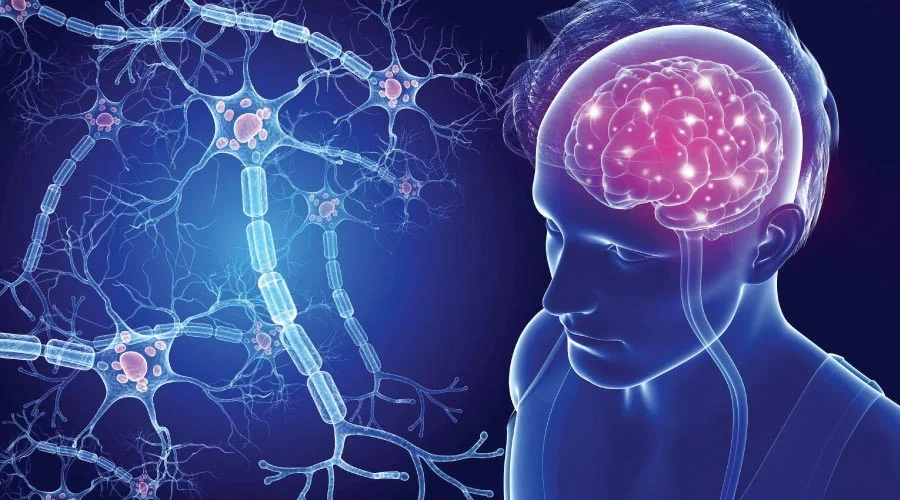What is Exercise Physiology?
The Primal Play Method
The science behind the Primal Play Method: Exercise Physiology
The Primal Play Method™ utilises the science of Evolutionary Biology, Exercise Physiology and Play Psychology.
What Is Exercise Physiology?
Exercise physiology is the study of how the human body (cells, tissue, organs, physiological systems) responds to short term (acute) exercise—which tends to disturb homeostasis—and long term (chronic) physical activity where the adaptations tend to minimise this disturbance. [4]
Researching this helps us understand why people improve their health and fitness through physical activity. This knowledge is also vital for the prevention, therapy and rehabilitation of disease or disability in humans, for example, the reversal of cardiovascular risk factors for heart disease or cardiometabolic risk factors for type II diabetes.
What Are Examples of Physiological Systems?
Cardiovascular, musculoskeletal, respiratory, immune, metabolism, endocrine, nervous, gastrointestinal, etc. The physiological interactions with exercise include oxygen delivery, power output, hormonal responses, motor control and heat dissipation.
RELATED: How To Quit A Sedentary LifestyleWhat is Physical Activity?
Physical activity is defined as any bodily movement that increases energy expenditure in daily life. In contrast, exercise is defined as a planned, structured, repetitive and purposeful physical activity carried out with the aim of body fitness and health, determining a person's physical condition and longevity [2].
People who have a sedentary lifestyle have an increased risk of health conditions, including hypertension, diabetes, cardiovascular problems, obesity, and early death [5],[6]. However, these health concerns can also be addressed by lifestyle changes, including stress management, proper sleep, and regular physical activity. Exercise physiology helps us to understand the unique role exercise has on our mind and body.
The Impact of Physical Inactivity
Physical inactivity is the fourth leading cause of death worldwide and increases the chances of all causes of death by 20-30% [1]. It has been long known that staying physically active for physical fitness by adding a moderate amount of exercise to one's daily routine improves health and leads to longer life expectancy. Other reports suggest a reduction in premature death by 31-35% in people involved in regular physical or leisure-time activity compared to inactive people [2].
The physiological health that allows a person to carry out daily life duties comes under physical fitness, including musculoskeletal fitness, cardiovascular fitness, and the composition of a body and its metabolic functions [6].
How Much Physical Activity For Optimal Health?
There is still no proper way to measure the specific amount of physical activity duration, frequency, type and intensity deemed optimal for human health. What we do know is that any is good and more with variety tends to be better.
It also is effective at any age! Early studies have shown that a physical activity that utilises more than 2000 kcal/week increases the life expectancy of 1 to 2 years in people aged 80. Similarly, movement that expends an extra 1000 kcal/week reduces all-cause mortality by 20-30 per cent. [3]
Exercise comprising short sessions of higher-intensity activity rather than one long and continuous moderate-intensity session is beneficial too. It also encourages people living a sedentary lifestyle to adopt some physical activity routine. [3]
RELATED: Checklist for Daily MovementMove to Feel Better
Exercise and physical activity are great ways to feel better, boost your health and have fun. Spread your activities throughout the week. Don’t just do it indoors. Go outside to move too. Do different things.
It is important to evaluate the benefits of movement under the scientific lens and exercise physiology is just one aspect that underpins the heart of the Primal Play Method. But the theory isn’t enough, we need to actually do it.
Everyone benefits from movement, however, if you have any concerns about your fitness, or have chronic health problems, speak with your doctor or health professional if you haven’t exercised for a while.
RELATED POSTS:
References:
[1] Boreham, Colin. "Physical Activity for Health." Journal of Sports Sciences, vol. 24, no. 9, World Health Organization, 2006, pp. 917–18, doi:10.1080/02640410600886520.
[2] Khan Marwat, Mohibullah, et al. “Impact of Exercise, Diet, Smoking & Obesity upon life expectancy”., Vol. 1, no. 1, 2016.
[3] Lee, I. M., and P. J. Skerrett. "Physical Activity and All-Cause Mortality: What Is the Dose-Response Relation?", Medicine and Science in Sports and Exercise, vol. 33, no. 6 SUPPL., American College of Sports Medicine, 2001, doi:10.1097/00005768-200106001-00016.
[4] Scholastica, The College of St. "What Is Exercise Physiology? Clearing up the Confusion about This Multifaceted Career." The College of St. Scholastica, 2016, http://www.css.edu/the-sentinel-blog/what-is-exercise-physiology.html.
[5] Suliga, Edyta, et al. "Relationship between Sitting Time, Physical Activity, and Metabolic Syndrome among Adults Depending on Body Mass Index (BMI)." Medical Science Monitor, vol. 24, International Scientific Information, Inc., Oct. 2018, pp. 7633–45, doi:10.12659/MSM.907582.
[6] Warburton, Darren E. R., et al. "Health Benefits of Physical Activity: The Evidence." CMAJ, vol. 174, no. 6, Canadian Medical Association, 14 Mar. 2006, pp. 801–09, doi:10.1503/cmaj.051351.
Why Exercise Physiology is important for the Primal Play Method






![Breast Cancer Prevention with Physical Activity and Exercise - [Presentation]](https://images.squarespace-cdn.com/content/v1/567155dca2bab819494ef093/1539425060579-46NZS8AJ4OGPTMA30PV1/THE-ROLE-OF-PHYSICAL-ACTIVITY-IN-PREVENTING-BREAST-CANCER.jpg)



